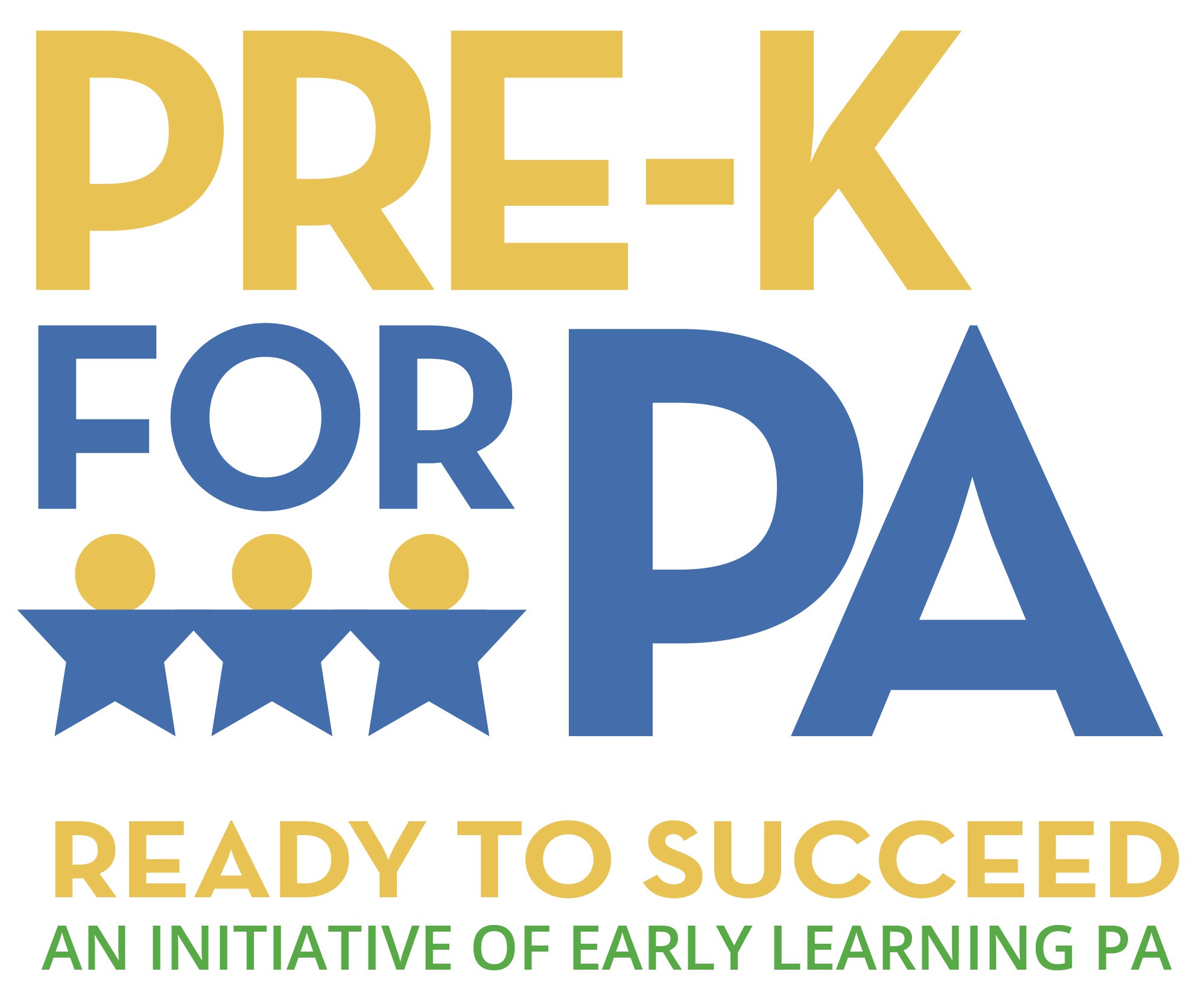Courier Times: Pay now or pay later: Why pre-K is worth the cost
By BILL SHOFFLER
What if I were to tell you Harrisburg was considering a proven way to create jobs, reduce the number of people in jail, and save more tax dollars than it costs? What if it made it far less likely for 1,500 high-risk kids to go to jail?
You probably know that high quality pre-kindergarten prepares children so they’re ready to learn in school. Quality pre-K also provides a level of stability for working families, especially those struggling to go to work and absorb the cost of child care in their family budgets, making them more reliable employees and more effective parents.
But what if I told you quality pre-K also reduces criminal behavior and saves millions of tax dollars in fewer incarcerated people? It does. And that’s what makes it a great solution.
There is no shortage of studies on children at high risk of failing in school. These studies examine the effects of early learning experiences on 3- and 4-year olds and measure things like cognitive development and retention, socialization skills, school readiness, drop out rates, health, and success later in life, among many other things.
These studies have proven that quality pre-K bridges the achievement gaps of minority students in math and literacy and greatly reduces the need for special education instruction, lowers the costs involved in drop-outs, all of which saves tax dollars and improves the learning environment for every student in the class.
Interestingly, some studies show the academic advantages that quality pre-K gives students over their non-pre-K peers actually levels out by third or fourth grade. While the research doesn’t tell us exactly why this is, there is reason to believe maintaining the powerful learning trajectory fostered by pre-K isn’t sustainable for schools that have to mostly focus on students who just aren’t ready to learn. In the meantime, the dividends of pre-K continue to grow.
Children who have had quality pre-K relate to their peers and teachers better and are far less likely to have social or self control issues. The research also shows that social skills learned in pre-school are sustained throughout the school years and into adulthood. These are the skills that account for the extremely large reductions in criminal behavior and incarceration rates in the teen years and later.
Pennsylvania currently houses more than 50,000 prisoners in state correctional facilities at a cost of $2 billion every year. That’s an annual per prisoner cost of $40,000, or, $10,000 more than the average per capita (not household) income in the commonwealth. It is more than four times what the state spends per student for one year in public school. And, with Bucks County’s DelVal University tuition coming in at around $37,000, it’s more than it would cost to send a kid to a private college.
And that’s only the $2 billion in incarceration costs to the state. There are also related county and municipal costs, let alone the systems that support prisons, including police, sheriffs, judges, lawyers, social workers, psychologists and health care workers, etc.
Finally, consider the cost of lost opportunity, which taxpayers bear, including not having a productive citizen earning the media per capita income and paying taxes.
The PreK for PA Campaign is asking the Legislature and governor for $90 million to fund 2016-17 pre-kindergarten programs in Pennsylvania. The $90 million will get 7,200 more at risk 3- and 4-year olds from low-income families into quality pre-K.
Read the full column here.





